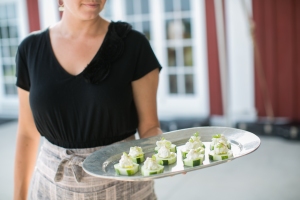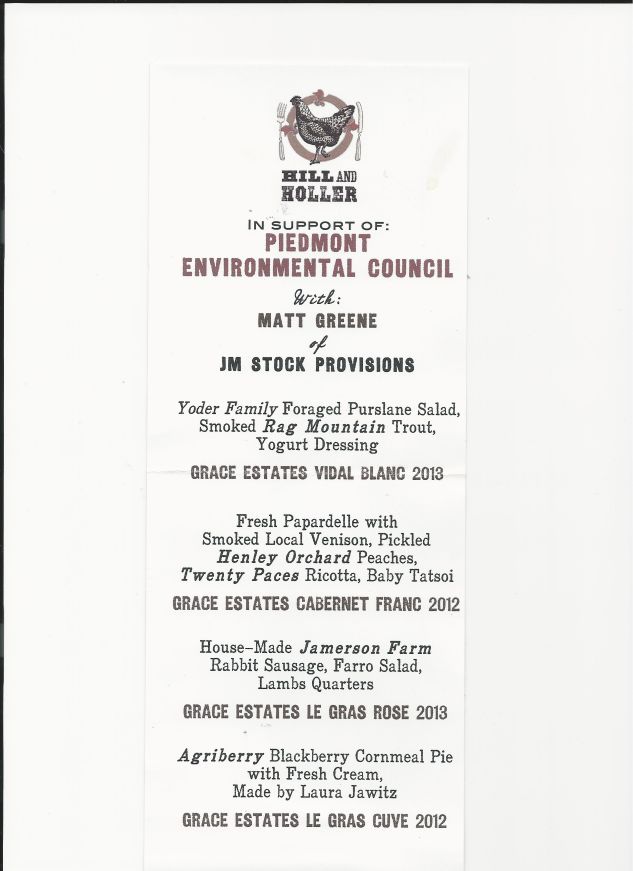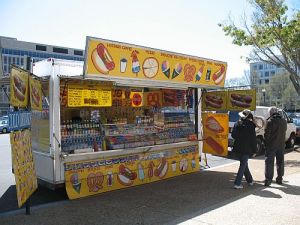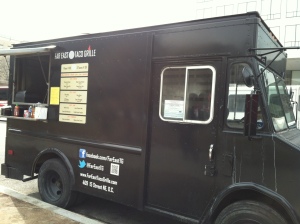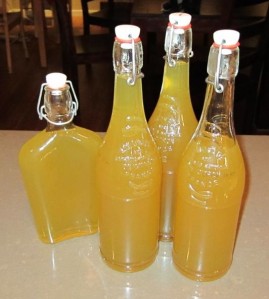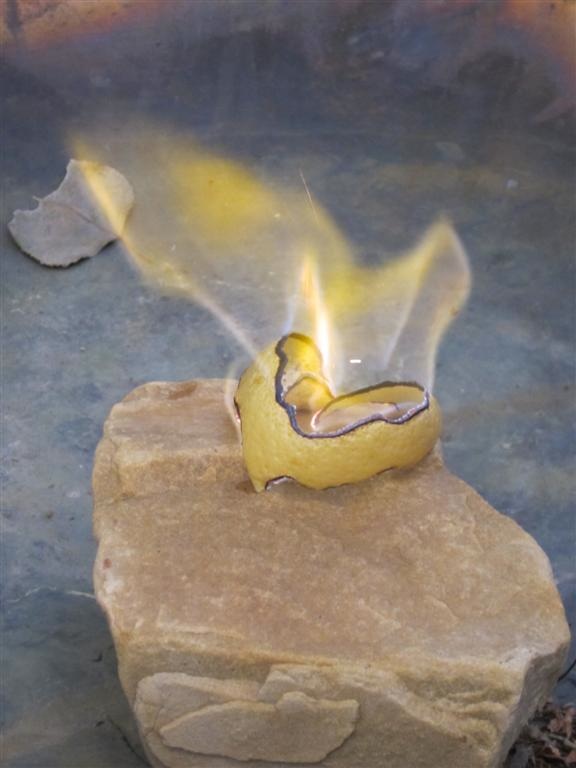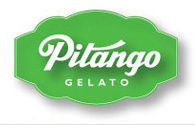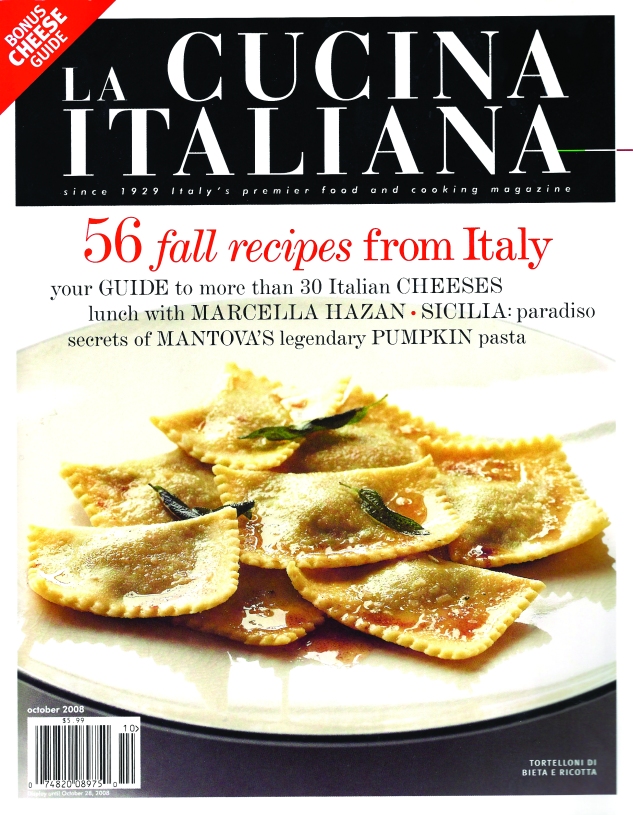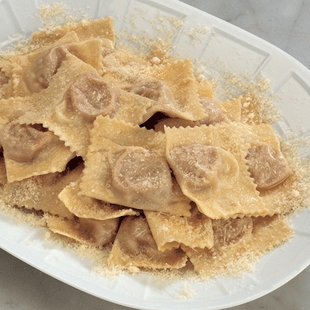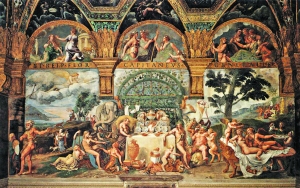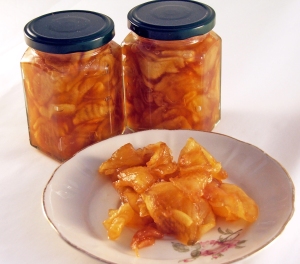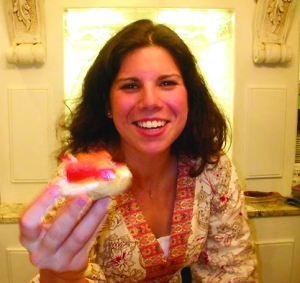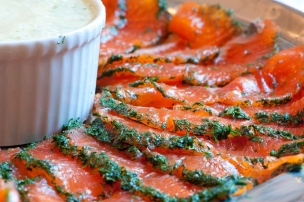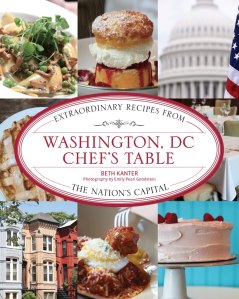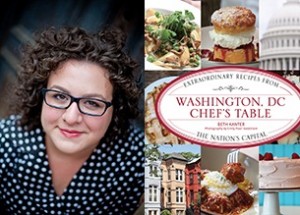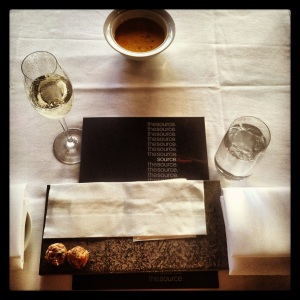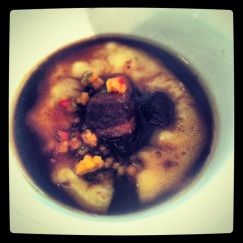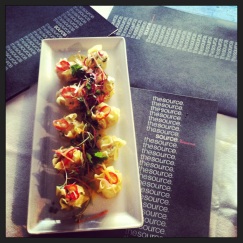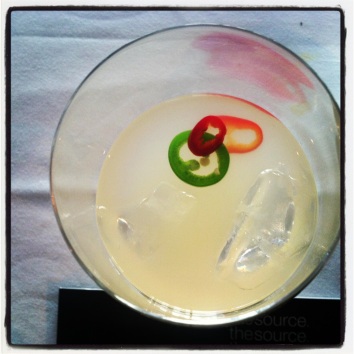 It is February, Valentines day, below zero outside and the power has gone out. My laptop battery is dying, and while cozy by a blazing fire, my mind wanders back to summer in the valley of the Shenandoah mountains.
It is February, Valentines day, below zero outside and the power has gone out. My laptop battery is dying, and while cozy by a blazing fire, my mind wanders back to summer in the valley of the Shenandoah mountains.
Summer to me equals dining outside. Picnics, patios and farm dinners. Farm dinners are quite a trend, and I am a fan. Sitting outside in a beautiful setting, eating local ingredients, connecting with nature and feeling like you are a part of something good. I have found not all farm dinners are created equal and want the opportunity to shout out loud about how impressive, while down to earth, the Hill and Holler farm dinner I attended just outside Charlottesville was. I am now a newbie to “cville” and, having moved here this past summer, I thought one way to get to know the area, the food scene, and some new folks would be a family-style farm dinner. This area is known for its wineries, cideries and countryside. I got lucky when I found the web site for Hill and Holler. What attracted me to the event was that it is a collaboration of local farmers, chefs and purveyors of the cville community while also raising funds for local food and agricultural organizations.
This Hill and Holler farm dinner was at Grace Estates Winery in Crozet, Virginia in support of the Piedmont Environmental Council with Chef/Butcher Matt Greene JM Stock Provisions at the helm. On a mild summer evening at the end of June, without electricity or running water, Hill and Holler created a four- course rustic dinner utilizing foraged greens and heirloom meats paired with wines from Grace Estates.
My mother and I drove through the gates of the winery with vines on each side up a small hill to the reception area at the silo. We were greeted by Hill and Holler creator Tracy Love, who was welcoming and open to telling me more about her work with Hill and Holler. We sipped our first glass of wine as we learned about the charitable organization to which the proceeds for the evening went—Piedmont environmental council http://www.pecva.org, which works towards “Promoting and protecting the natural resources, rural economy, history and beauty of the Virginia Piedmont”.
After the passed hors d’oeuvres of pate` made by JM Stock Provisions, we boarded an open-back truck that transported diners into the vineyard to an open field where the dinner was held in an impressive tee-pee provided by the Skyline Tent Company. Unlike canvas enclosed tee pees I have experienced at camp, this was elegant, open, and kept diners cool. Next to the tee-pee another tent housed the “kitchen area’ where without electricity, Matt Greene lead his team to create the meal.
What first struck me about the setting, besides the natural beauty, the elegance of the tent, were the rustic details on the table. Tracy does all of the décor herself. This is where “god is in the details” – the vintage cutlery, mixed vintage Virginia china. Tracy collects this inventory and for each event brings different details. Tracy tries very hard to create diverse experiences so that you can attend every dinner in a season and have a new experience at each. Her passion lies in re-purposing items that she can use at her events, décor will not be repeated— down to the candles on the table which she personally spray painted and coordinated with tied leather, burlap, feathers, and antler pieces to make a rustic and elegant table scape.
Unlike the organizers of other farm dinners, Tracey buys product from purveyors; it is not donated. This gives producers a platform to introduce their food and their company to the community. Each event benefits a local food or agricultural organization. Tracy started by cold-calling chefs asking if she could use their products. By doing that, she made local connections, creating community and connecting neighborhoods. For Tracy it is more about community connections and community involvement from not only attendees but the purveyors themselves.
Some local purveyors featured in this dinner: JM Stock Provisions, Twenty Paces Sheep and Goat Dairy Creamery, Rag Mountain, Henley Orchard, Jamerson Farm, Agriberry Farm, and Grace Estates Winery.
Now, about the food– while I could go through course by course my palette makes me jump to the house-made Jamerson Farm rabbit sausage. Wow, if this is any claim to what they are doing at JM Stock Provisions this is the best advertising you can buy. Fantastic, new flavors– perhaps because I do not often eat rabbit, but perhaps because this is what they are known for– creating savory sausage. Smoked trout is a local favorite, as well as one of mine and the parpardelle with venison and pickled peaches left me wanting more. The generous pouring of wine by Grace Estate winemaker Jake Busching, was impressive and a wonderful first impression of the winery. Being a fan of dessert wines, I enjoyed the Le Gras Cuve 2012 at the end of the meal with the blackberry cornmeal pie.
I was blown away by how Tracy was able to pull this off for $100 a head, all inclusive, pay in advance with 4 courses and 5 glasses of wine. Great deal.
Thank you to Tracy Love for taking the time to sit down with me over a glass of King Family Vineyard Vigonier. Tracy is enjoying continuing Hill and Holler, creating unique events around Charlottesville all while working full-time at Blenheim Vineyards. Thank you to photographer Kristin Finn for generously sharing her photos of this beautiful event with me, and to both for being their friendly amazing open selves in giving their time to speak to local enthusiasts and I hope future supporters.
See upcoming and other previous Hill holler events: http://www.hillandholler.org/
